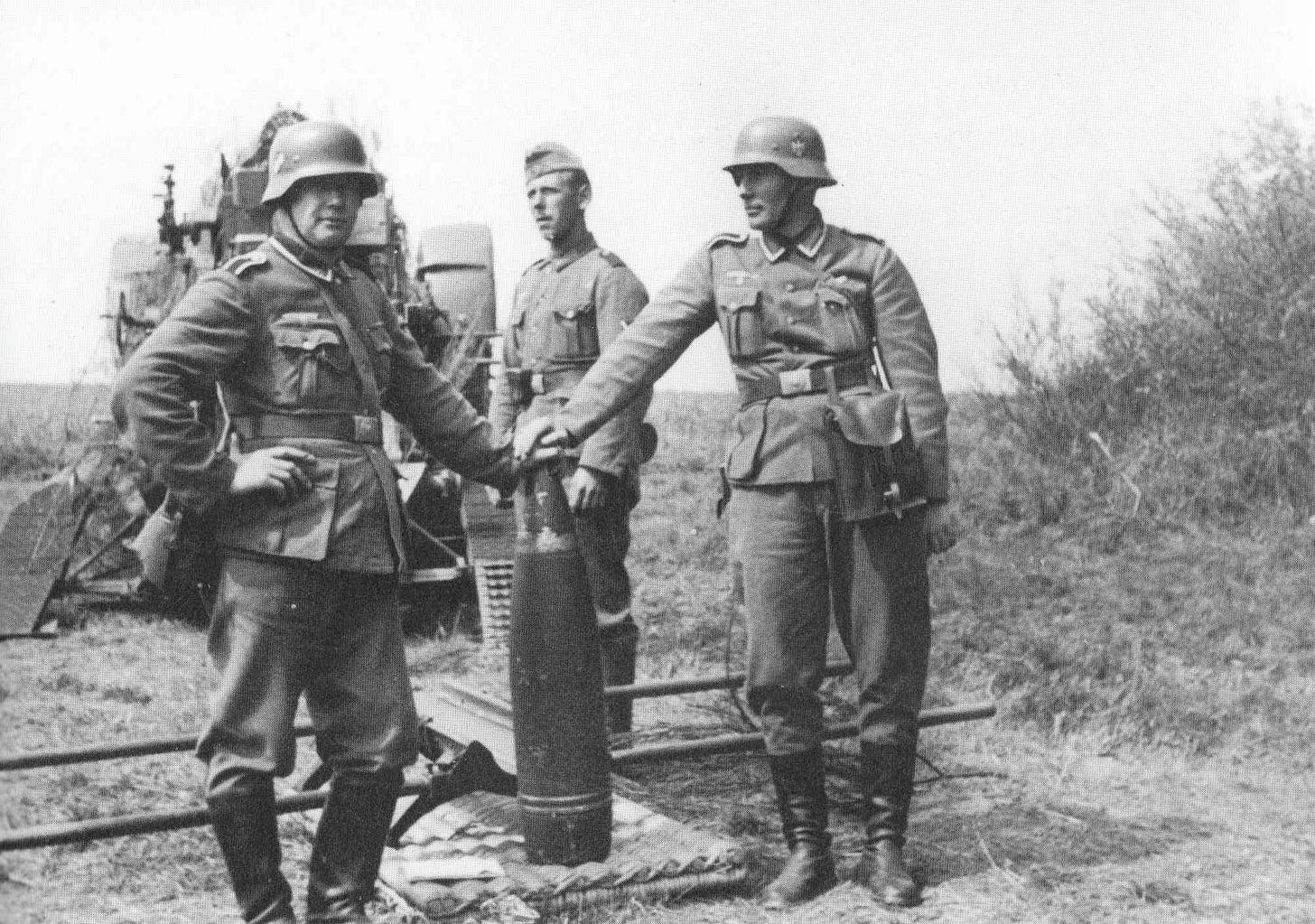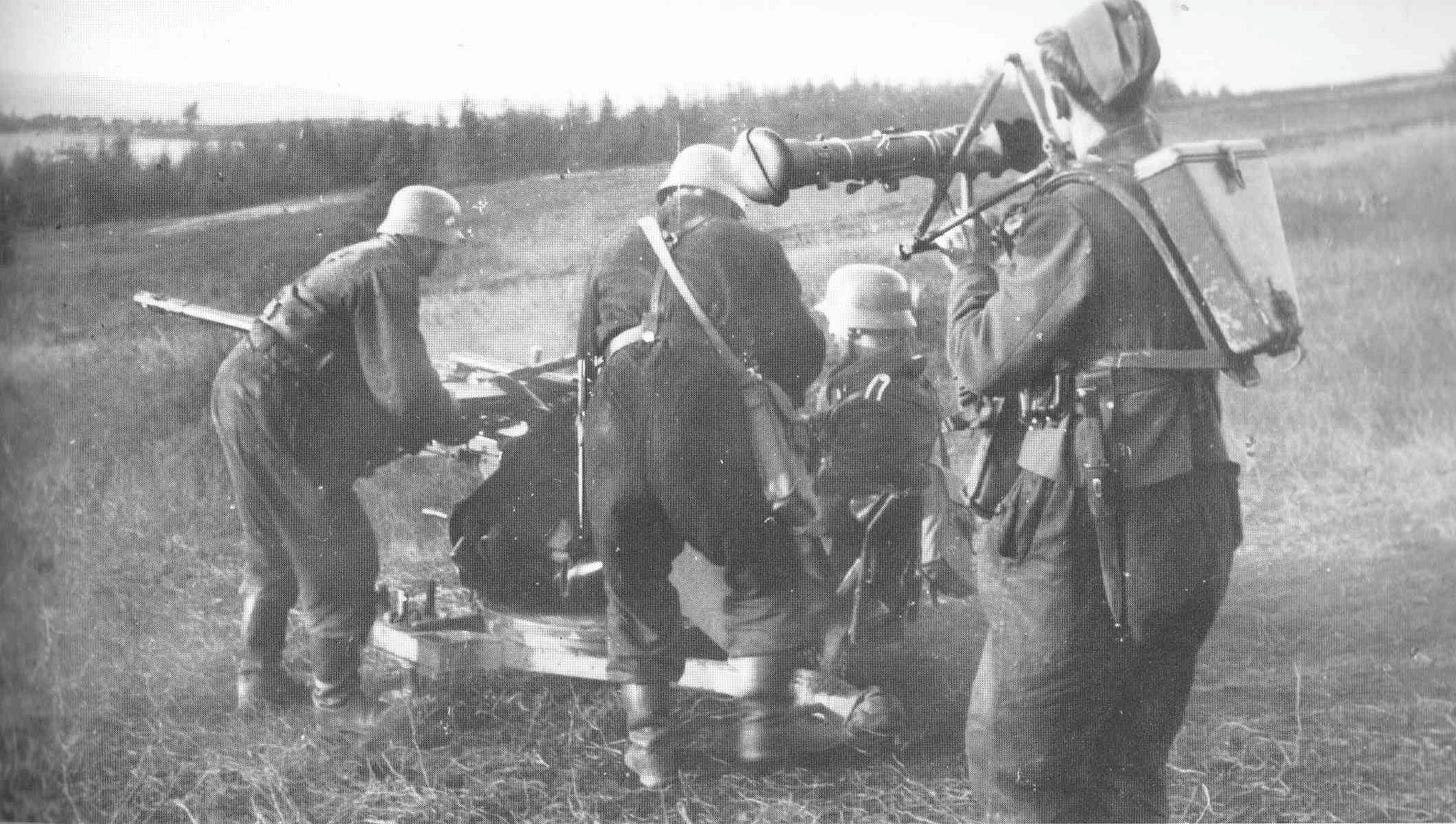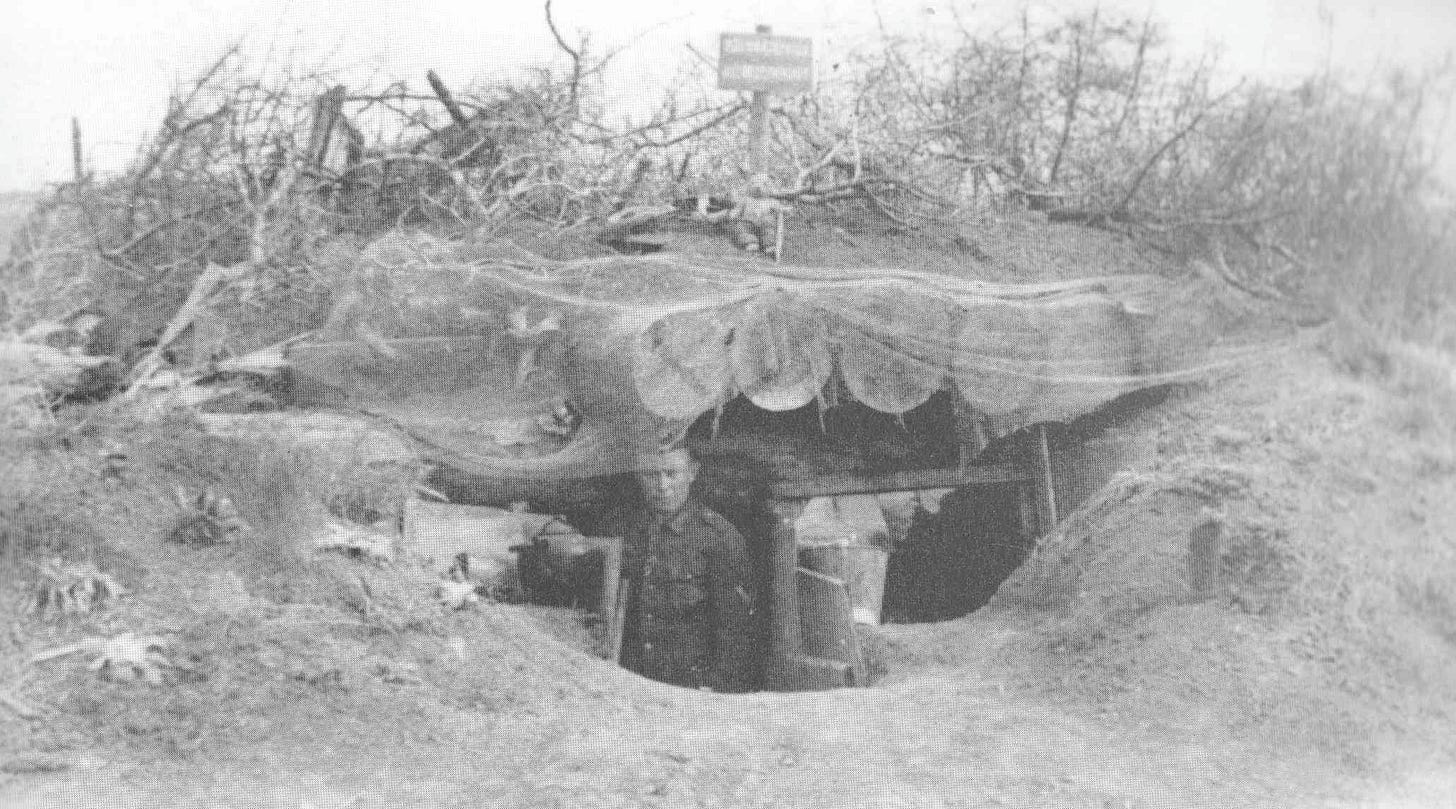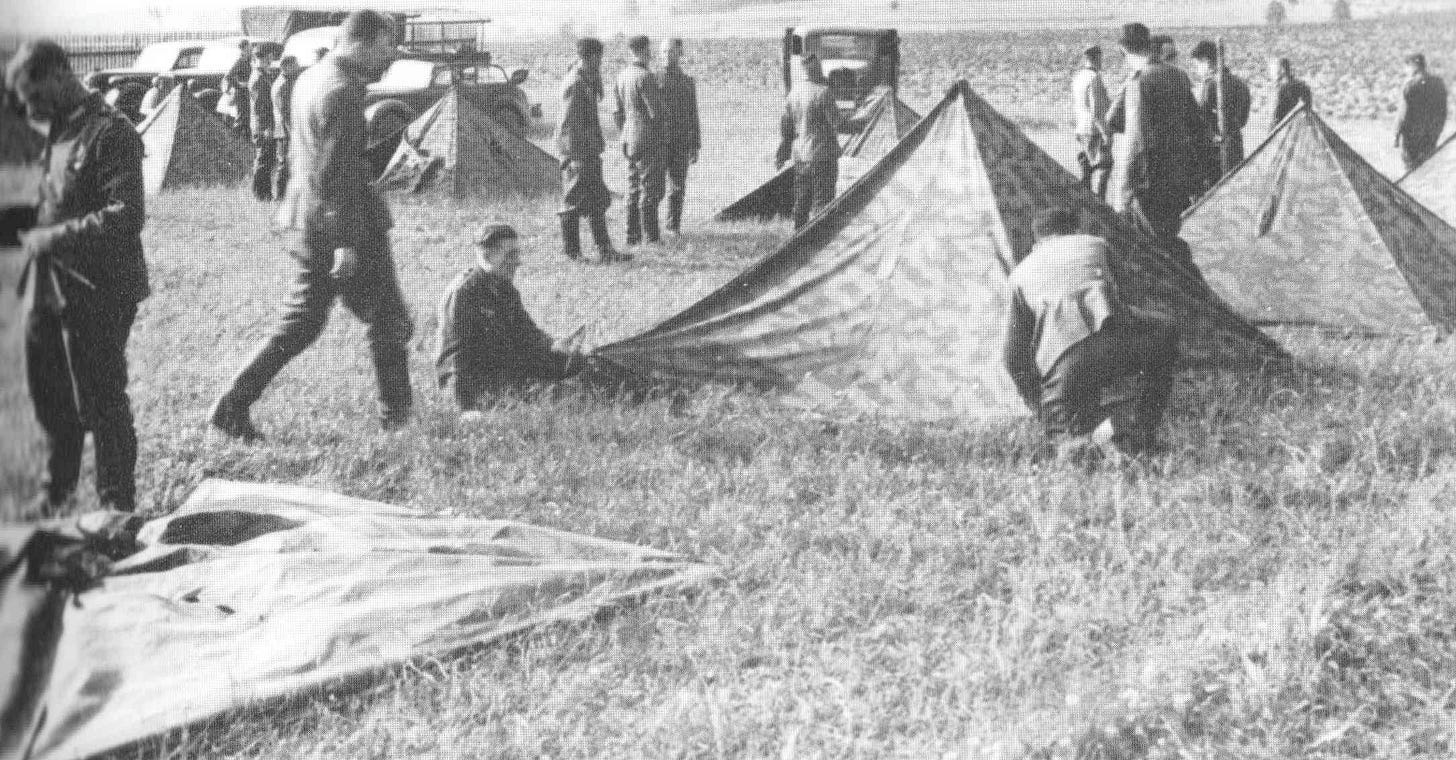'Images of War - Operation Barbarossa'
Some examples of the pictures in this volume from the popular series
The ‘Images of War - Rare Photographs from Wartime Archives’ series of books are very wide ranging. A multitude of titles cover all aspects of war using photographs from many different sources. Typically these books only attempt a very general background history to give the pictures some context. They contain numerous images, each with a useful commentary explaining some of the details.
The following are excerpts from Hans Seidler’s ‘Operation Barbarossa - Hitler’s Invasion Of Russia’ (2010). There have been several more books in the series dealing with the Eastern Front since then.


Red Army survivors recalled that they had been caught off guard, lulled into a false sense of security after escaping from the Smolensk pocket Now they were being attacked by highly mobile armour and blasted by heavy artillery. In many places the force of attack was so heavy that they were unable to organize any type of defence.
In total confusion, hundreds of troops, disheartened and frightened, retreated to avoid the slaughter; whilst other more fanatical units remained, ruthlessly defending their positions to the death.
On 1 August, Guderian's force launched his Roslavl offensive.The Russian force that was thrown in against the German attack was emnants from the battle of Smolensk. They were completely exhausted, short of ammunition and vulnerable.
The Russians tried desperately to hold on to the town of Roslavl, but under direct attack by seven fresh German infantry divisions, the defence soon crumbled away. Around the town a pocket soon began to form, with Germans bringing up greater artillery concentration, whilst Red Army troops feebly trying to break out.
Roslavl finally fell to the Germans on 3 August. Guderian immediately ordered a panzer striking force of three divisions away from the main battle to probe southwards and clear up stragglers from both Smolensk and Roslavl.
The battles of Smolensk and Roslavl was one of the swiftest as well as one of the most complete German Army victories in the East. Altogether some 300,000 Soviet soldiers had been captured in the Smolensk pocket. However 200,000 had managed to break out and fight in Roslavl and surrounding areas further east.



From Operation Barbarossa: Hitler’s Invasion of Russia (Images of War)
This excerpt appears by kind permission of the publisher, Pen & Sword Books Ltd, copyright remains with author.



